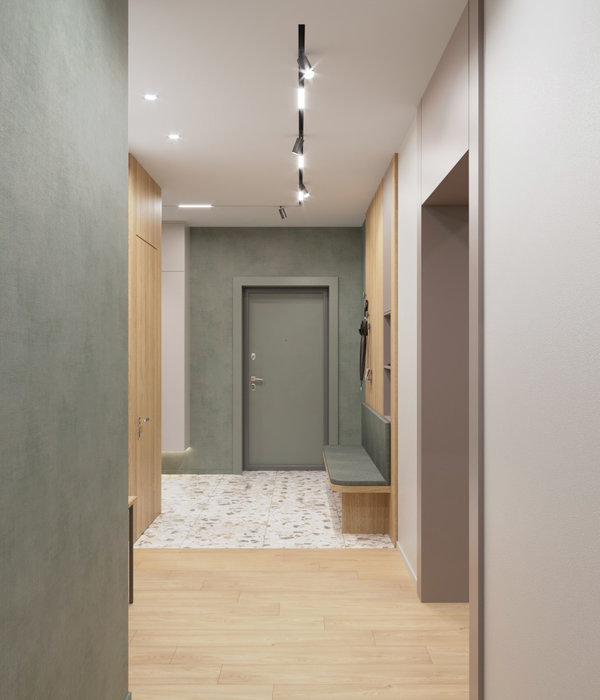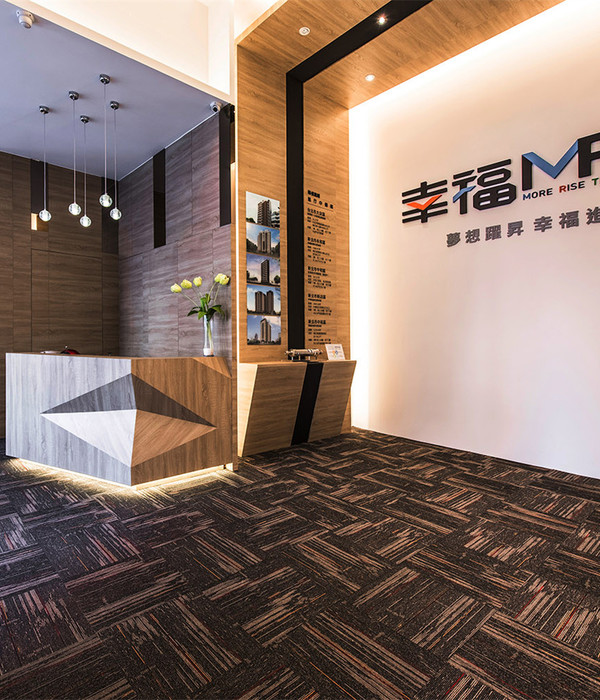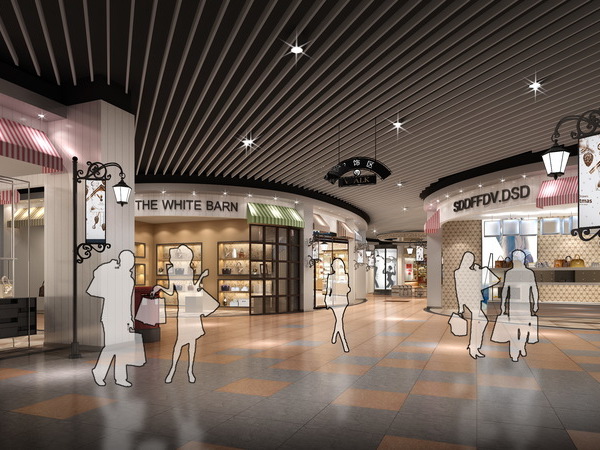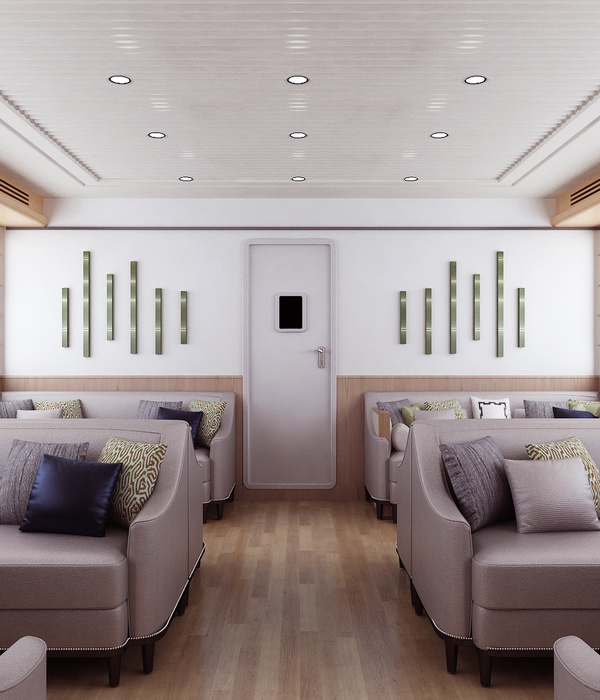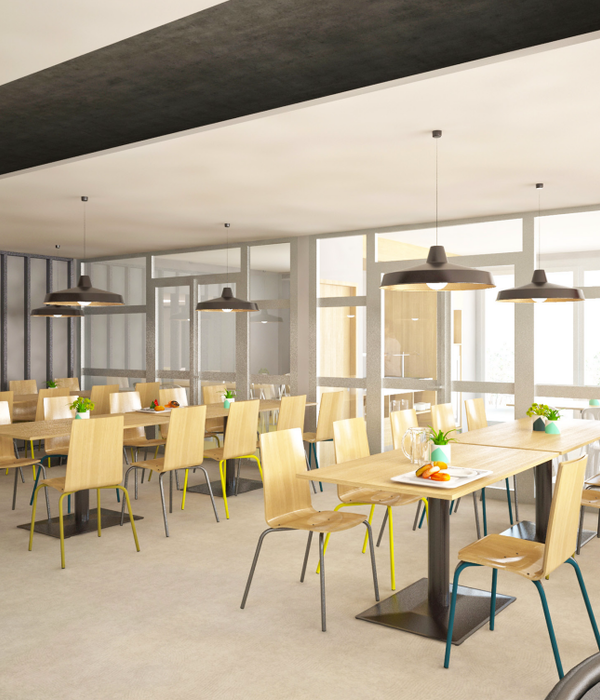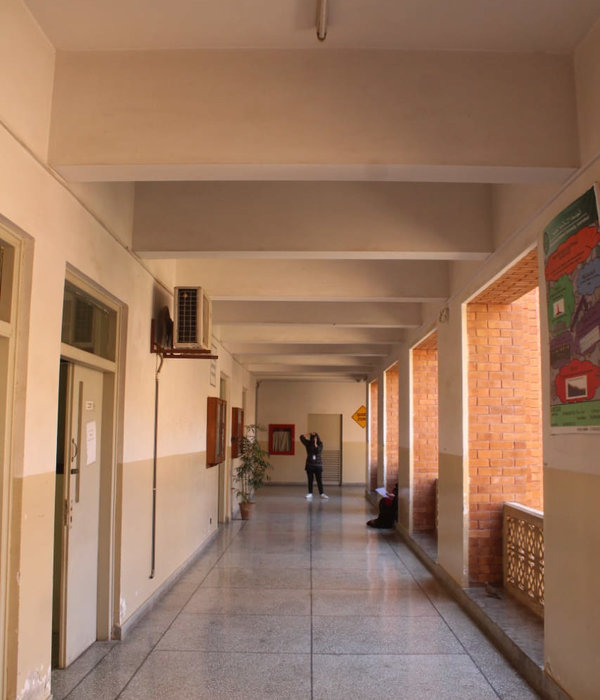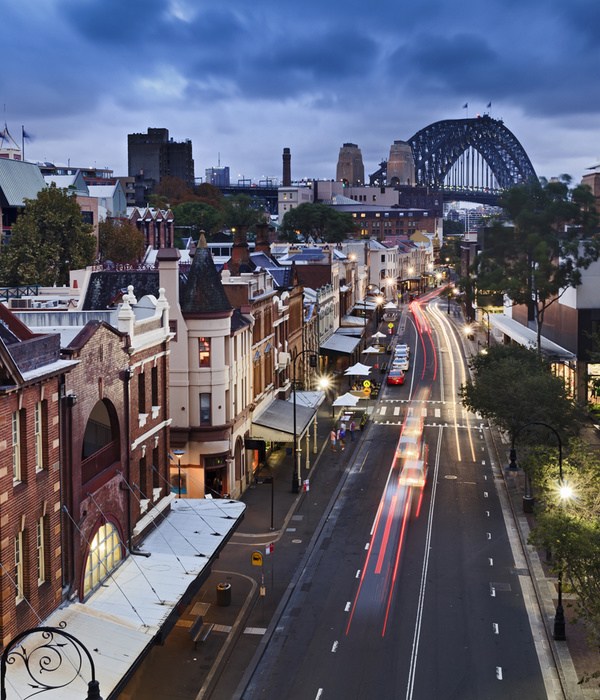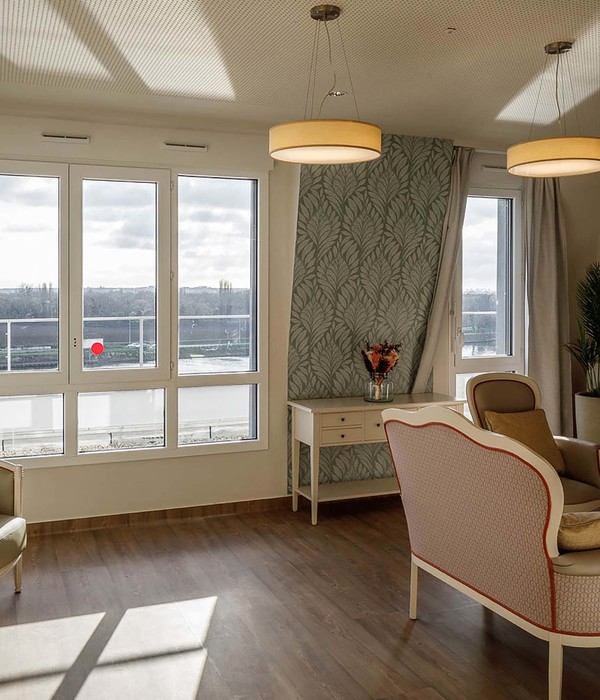非常感谢
Marco Hemmerling
Appreciation towards
Marco Hemmerling
for providing the following description:
位于德国科隆最由影响力的城市公共区域Rhine Carée,坐落在Hohenzollernbrücke和Deutzer Brücke两大桥之间的莱茵环(RheinRing)成为城市新的中心,同时也是将科隆市中心两部分连接起来的纽带。该环体西面直通历史城市中心—即旧城区,相对的东面连接莱茵河大道,南北两面则能通往莱茵河上的大桥,是引人注目的人行通道。
Located at the Rhine Carée, one of the most significant public urban spaces of Cologne, between the two major bridges, the Hohenzollernbrücke and the Deutzer Brücke, the RheinRing represents the new center as well as the link between the two halves of Cologne inner city. The circular construction serves as an attractive pedestrian walkway directly accessible from the Altstadt, the historical city center, on the west, and in the east from the Rhine Boulevard on the opposite side, as well as offering access to the flanking Rhine bridges.
这个漂浮在莱茵河上的闭环是轻盈的拱形结构,其造型参考了两翼的大桥和附近的特殊建筑,如LanxessArena活动中心、车站主厦、路德维希博物馆和弗雷•奥托设计的Sternwellen阴影帆。莱茵环的几何线形是斡旋于四方形和圆形之间的扁平状超椭圆形。桥梁流畅地融入四方形的Rhine Carrée,沿用了Rhine Carrée的造型原则,形成宽窄不一的区域,在具备规划的功能性之余呈现出美观的外形特点。
The free-floating ring above the river Rhine is a light arch construction that picks up formal references to the flanking Rhine bridges as well as to the special buildings nearby such as the LanxessArena event center, the main station building, the Museum Ludwig or the Sternwellen shade sail by Frei Otto. The geometry of the RheinRing is based on the mathematical model of a super ellipse, a flattened ellipse that mediates between the square and the round forms. The bridge above blends smoothly into the square of the Rhine Carrée and, following the same formal principle, forms wider and narrower areas, which arise from the planned utilization.
1959年,丹麦作家兼发明家Piet Hein皮亚特•海恩引入了这一数学模型,称它为“取悦眼睛的造型”,他描述道:“超椭圆有着和圆形及椭圆形同样说服力的统一性,但却更加含蓄和高贵,它从直线和圆锥曲线两大简单线条的桎梏中解放出来。”这座悬臂式的超椭圆拱桥紧邻水缘、连接现有的莱茵河两大桥梁,成为向市民敞开热情怀抱的无障碍通道。这座新的人行步道和原有道路一起形成了多层次的道路网。由于无需支撑的悬浮结构避免了在莱茵河上架设额外的桥墩,因此南北轴向的河上交通不会受到影响。
The geometrical model introduced in 1959 by the Danish writer and inventor Piet Hein describes a form that is pleasing to the eye and which he himself describes as follows: “The superellipse has the same convincing unity as the circle and ellipse, but it is less obvious and less banal, it is a relief from the straitjacket of the simpler curves of first and second powers, the straight line and the conic sections.” The cantilever arch bridge forms a barrier-free and inviting access with its generously rounded passages to the water’s edge and to the existing Rhine bridges. Here the new pedestrian promenade joins the existing route forming a multi-layered road network. Since the support-free suspension requires no additional bridge piers in the Rhine Carrée, river traffic moving along the north-south axis remains unaffected.
环体的设计给予莱茵河两岸同样的重要性—两边均可停船,届时,当前仅存在于莱茵河西岸的停泊点将会平均分布在两岸。作为市中心高度吸引行人和骑自行车者光顾的城市空间,莱茵环将使对科隆有着非凡意义的莱茵河带来更加集中和创新的体验。这个新增的城市空间还成为举办文化活动、体育运动和休闲活动的潜力空间。
The mooring points of the Rhine river traffic which so far are only located on the western bank will now become evenly divided between both Rhine banks as laid down in the conceptual ideas which give both Rhine sides equal importance and they will be oriented in both shipping directions. The river, which is of such importance to Cologne allows for a more intensive and innovative experience through the RheinRing as an urban space in the inner city, highly frequented by pedestrians and cyclists. The additional urban space thus gained, has additionally great potential for cultural events, sports and leisure activities.
该设计将莱茵河两岸连接起来,解决了科隆市中心城市发展总体规划的核心问题,尤其为莱茵河城市区域、中心地区以及东西向联系创造了多种协同效应。此外,这个特色闭环结构以其曲线状的人行天桥形象成为更加显著的城市标志,满足了交通和娱乐性的双向需求,将科隆中心的公共生活引向一个新台阶。
By bridging the two sides of the Rhine, the design takes up the central questions, which were broached in connection with the urban development master plan for the inner city of Cologne. Here multiple synergies are created in particular for the urban space Rhein, the core area, and the East-West link. Also, the characteristic ring structure of the city gains a more identity-boosting center created by the curving pedestrian bridge, which serves both the needs of traffic and those for recreation and it forms a new stage for public life in the center of Cologne.
Design: Marco Hemmerling
Structural concept: Stefan Polónyi
MORE:
Marco Hemmerling
,更多请至:
{{item.text_origin}}


